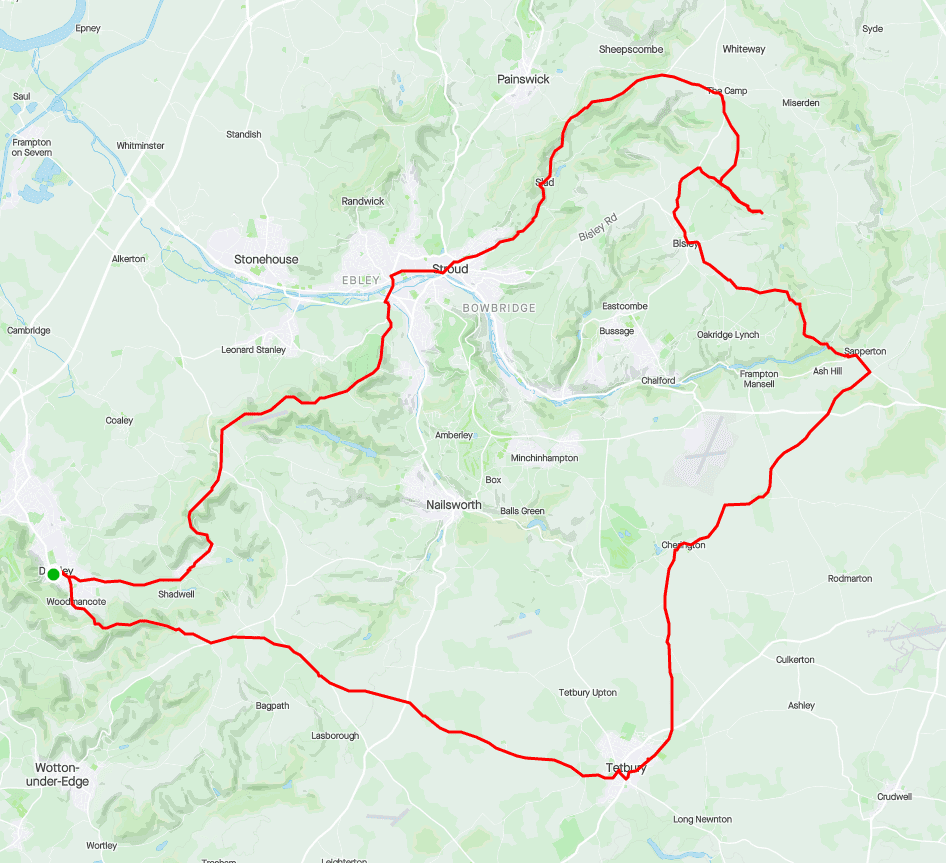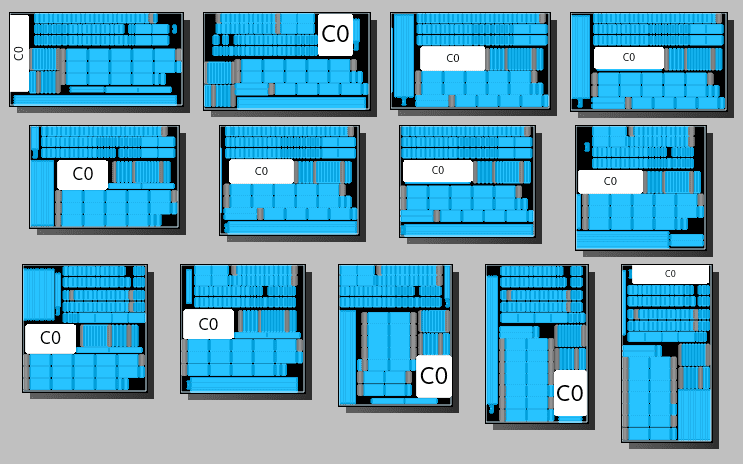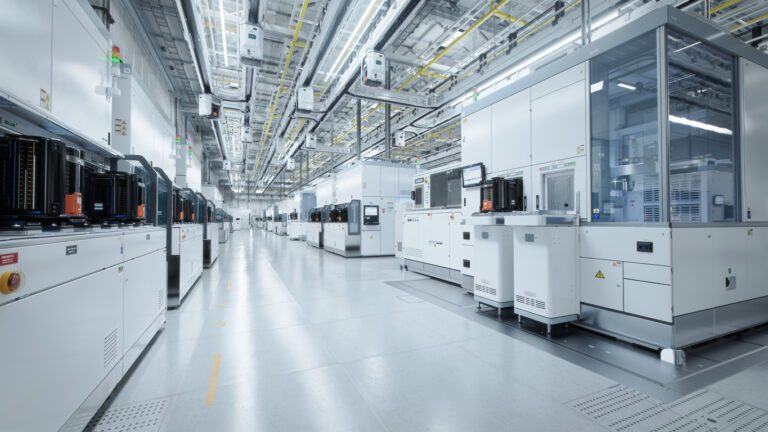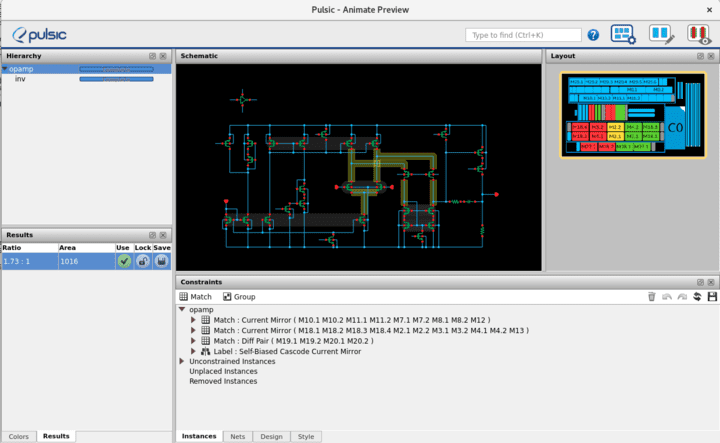What does IoT really mean?
Spring is finally on its way here in the UK, and a couple of weeks ago the sun was shining and the thermometer reached a balmy 9C (around 48F). I am fortunate to live on the edge of the beautiful Cotswolds. So I decided to get away from my laptop, unplug from the modern world, leave technology behind for a few hours and go for a bike ride. Here is my ride…


Three miles in, I was riding up the first big hill and I looked down at my cycle computer, I was managing about 6mph, and I suddenly realized I had not left technology behind at all. I was surrounded by the technology that I had brought with me.
On my wrist I was wearing a smartwatch, in my jersey pocket was my mobile phone, I had a heart rate monitor strapped around my chest and I was wearing an amazing pair of bone conduction headphones. As I rode along I listened to the BBC news via an app on my phone. My bike was just as connected, on the handlebars was a GPS cycle computer with color mapping, wirelessly linked to speed and cadence sensors on the bike. Additionally, my bike has electronic gear shifting. None of this tech is very new or high spec but, apart from the electronic gears, all of it is connected to each other and sending or receiving data over cellular internet as I rode along.
I suddenly realized how important IoT, the internet of things, has become, I was supposed to be escaping from technology, but I had taken with me seven different devices. Each device measured some aspect of my ride, provided me with information, or both.
Thinking about it as I pushed up the hill, I also realized that what really matters about IoT devices are the real-world interfaces. My watch for example. It uses a MEMS accelerometer to measure my steps, stairs climbed, and swimming strokes. A sensor on the back constantly measures my heart rate. It has GPS and GLONASS positioning, and barometric altitude measurement. The interface has haptic feedback, a touch-sensitive sideswipe panel, and a touch-sensitive main display. It can play sounds or buzz my wrist to get my attention. It connects to my phone using Bluetooth, my other fitness devices with ANT+, and my laptop with USB. It has NFC built-in which I used to pay for a drink halfway around my ride. All this and the battery lasts for several days between charging.
This is the reality of the internet of things, what makes IoT devices useful are the real-world interfaces (sensors, drivers, radios, etc). As we push connectivity into ever more corners of our lives the number of real-world interfaces is growing at an incredible rate. And, every one of these interfaces requires precision analog circuitry because the real-world is not digital it is analog.
We live in two worlds, the “real” analog world, and the digital world. We need more and better analog interfaces between the two. Not just so that I can record every aspect of my ride, but because IoT can help make the world a better place. For example, connected buildings can save energy and resources, and always connected medical devices can save lives.
At Pulsic we are working on new technology to help engineers develop these analog circuits faster than ever before. Giving them the ability to quickly explore alternative designs and helping to power the next generation of IoT devices.
You can find out more about Pulsic’s technology for analog IC design at https://www.animate.pulsic.com.
p.s.
I really enjoyed my bike ride, and despite having three GPS-enabled devices I still got lost halfway around. To be honest, I was having too much fun, I stopped paying attention to the technology. But it was still there and it helped me to get back on track.




